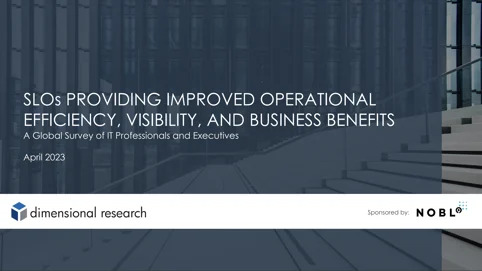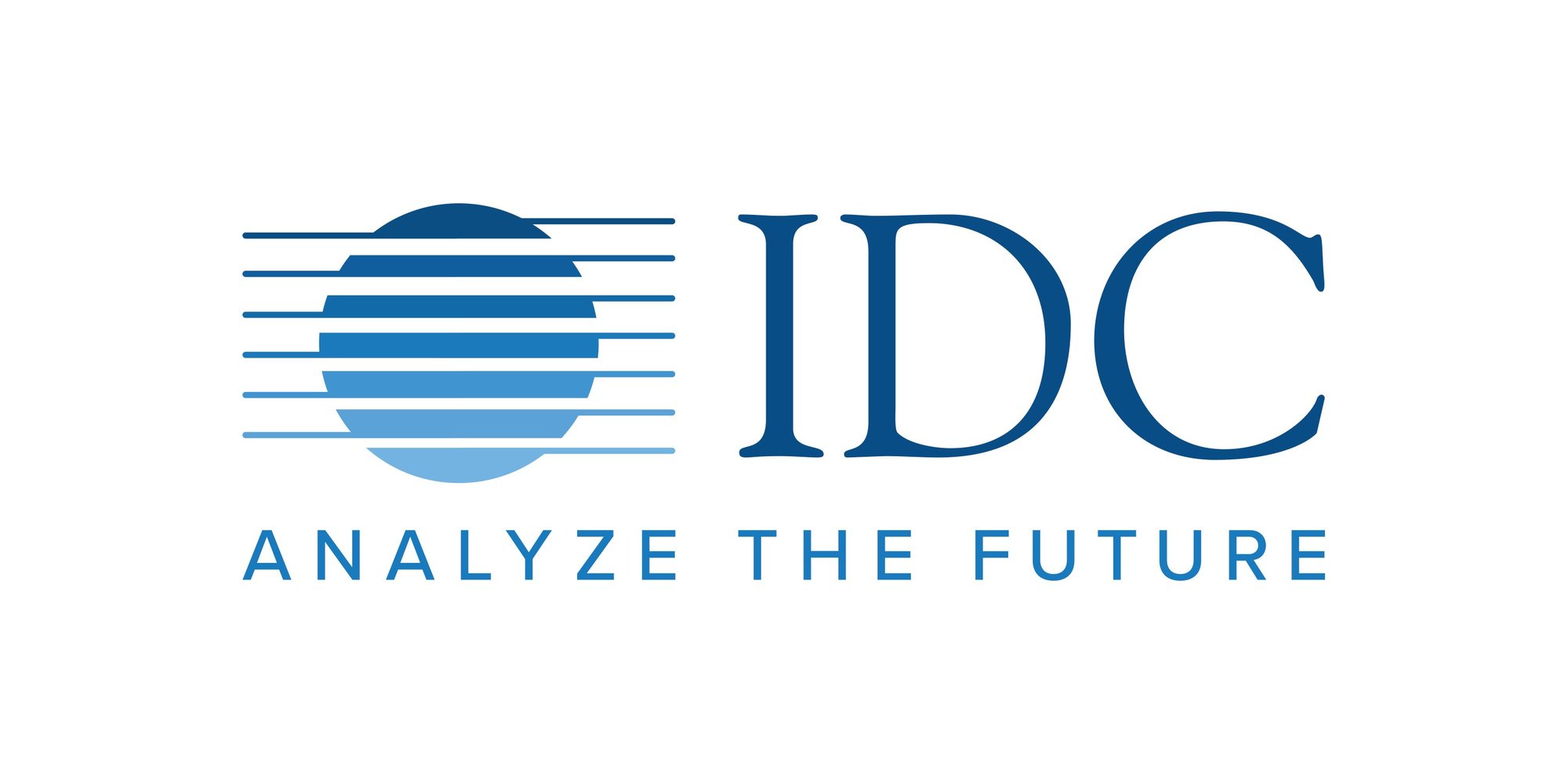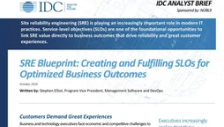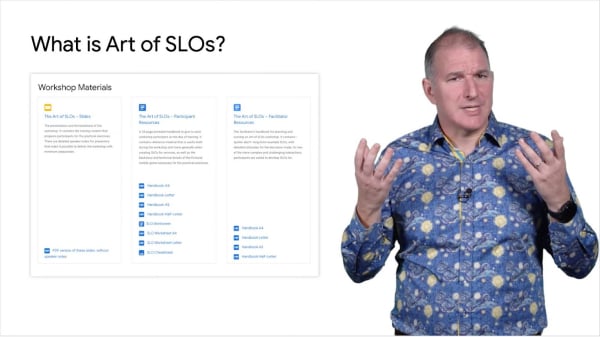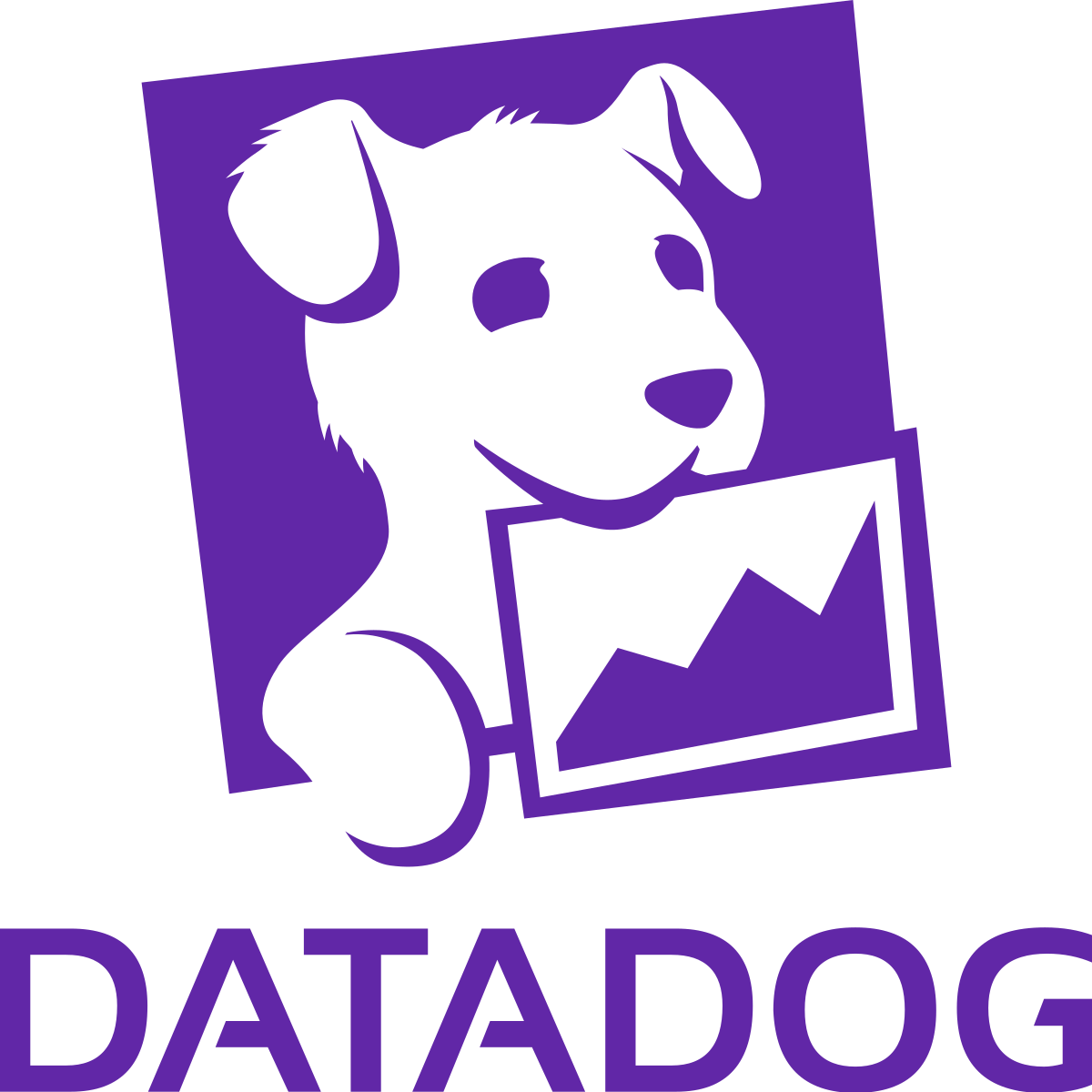80% indicate an increased focus on system reliability
The pandemic for most companies has driven increased cloud adoption, remote workers, and supply chain issues. Have these changing conditions led to an increasing focus on system reliability?
Understanding SLOs
Service level objectives (SLOs) are a critical best practice embraced by engineers and developers. Our resource serves as a centralized hub for learning about SLOs, their significance, and how to embark on your SLO journey.
Within the SLO landscape, you'll discover a vibrant community of developers creating free and open-source tools that empower engineering teams worldwide. We have carefully curated a list of the finest tools available.
In addition to tools, this resource sheds light on books, training courses, blogs, and other educational materials, catering to individuals at every stage of their SLO journey. Whether you're an experienced SLO enthusiast or just starting out, this page equips you with the knowledge and tools to optimize your projects and achieve exceptional SLO implementation.
.png?width=603&height=259&name=Add%20a%20heading%20(3).png)
What is an SLO?
What are the common definitions of an SLO and how does it differ from an SLA?
Why SLOs?
How can SLOs help? Why are they used? What are the use cases?
Use Cases of SLOs
What should you expect from the SLO products?
What is an SLO?
An SLO is a reliability or performance goal set by the team managing the software and services.
Service level objectives (SLOs) are measurable targets that define the desired level of service reliability. They involve setting thresholds for key performance indicators, known as service level indicators (SLIs), and establishing an associated error budget. A service level agreement is the provider-promised reliability standard, agreed to by your customers.
SLOs provide a clear framework to evaluate and maintain the quality of services, allowing organizations to balance reliability and innovation.
Why SLOs?
SLOs let you manage software reliability by making data-driven decisions about tradeoffs.
By Embracing SLOs, organizations can enhance their service delivery, build customer loyalty, and drive positive outcomes by making data-driven decisions.
- Cost Savings: Proactively managing performance reduces costly downtime and disruptions, resulting in financial savings.
- Efficient Resource Allocation: Clear SLOs help optimize resource usage, ensuring efforts are focused on high-value areas.
- Data-Driven Decision-Making: SLOs enable a data-driven approach, allowing organizations to prioritize actions based on customer impact.
- Streamlined Operations: Identify inefficiencies and bottlenecks; SLOs lead to streamlined processes and reduced operational costs.
SLO Use Cases
SLOs offer key features and use cases in software engineering and service management. They enable teams to set error budgets, balancing innovation and stability while also providing a framework for managing technical debt effectively. SLOs foster collaboration, accountability, and continuous improvement, driving enhanced system performance and the delivery of high-quality services.
Free & Open Source SLO tools
Free & Open Source SLO tools
Stop using complex specs and processes to create Prometheus based SLOs. Fast, easy and reliable Prometheus SLO generator.
Sloth generates understandable, uniform and reliable Prometheus SLOs for any kind of service. Using a simple SLO spec that results in multiple metrics and multi window multi burn alerts.

Making SLOs with Prometheus manageable, accessible, and easy to use for everyone!
Hit Your Reliability Targets With
FAQ
What is an SLO?
Each SLO can have one or more defined objectives (targets and values), with an indication of the user experience (e.g., Good or Acceptable) when that target is met.
What is an error budget?
What’s the difference between an SLI/SLA/SLO?
-
SLI (service level indicator): SLIs are specific metrics or measurements that quantify the performance or behavior of a service. They provide objective data about the service's performance, such as response time, error rate, availability, or throughput.
-
SLA (service level agreement): SLAs are formal agreements or contracts between service providers and customers that define the expected level of service and the consequences if those expectations are not met. SLAs typically include specific targets for SLIs and may outline remedies or penalties for service failures.
-
SLO (service level objective): SLOs are specific, measurable targets or goals set by the service provider to ensure the desired level of service quality. They are based on SLIs and define the acceptable range or threshold for each metric. SLOs help establish performance goals and guide decision-making to meet customer expectations.
In summary, SLIs are the actual measurements of service performance, SLAs are contractual agreements that define service expectations, and SLOs are the measurable targets or objectives set by the service provider based on SLIs to ensure the desired level of service quality.
How does alerting off a SLO work?
Alerting off a SLO involves setting up monitoring and alerting systems to notify teams when the actual performance or reliability of a service deviates from the defined SLO targets. Here's how it typically works:
-
Define SLOs: First, establish the specific SLOs for the service, such as response time, error rate, or availability, along with the acceptable threshold or range for each metric.
-
Monitoring: Implement monitoring systems that continuously collect data on the relevant metrics, tracking the actual performance of the service in real-time.
-
Comparison: Compare the real-time monitoring data against the defined SLOs. This comparison can be done using automated tools or scripts that periodically evaluate the metrics.
-
Deviation Detection: If the monitored metrics breach the defined SLO thresholds or fall outside the acceptable range, it indicates a deviation from the expected service quality.
-
Alerting: Configure the monitoring system to generate alerts when a deviation is detected. The alerts are typically sent to relevant teams or individuals responsible for managing the service, allowing them to respond promptly to the issue.
-
Incident Management: Upon receiving an alert, the appropriate team can investigate the cause of the deviation, diagnose the underlying problem, and take corrective actions to bring the service back within the desired SLO targets.
By alerting off a SLO, teams can proactively monitor service performance, identify issues early on, and take timely actions to ensure service reliability and meet customer expectations.
What is the difference between SLOs, APM, and AIOps?
How can SLOs help with cloud migration?
How can SLOs help manage technical debt?
How can SLOs help reduce costs?
Depending on your use case, and how you apply them, SLOs can help reduce costs through:
- Optimized Resource Allocation: By aligning performance targets with business objectives, organizations can optimize the allocation of resources, avoiding unnecessary costs associated with excessive capacity or underutilization.
- Proactive Issue Prevention: SLO monitoring enables organizations to proactively identify and address performance issues, minimizing the costs associated with service disruptions, customer dissatisfaction, and reactive problem resolution.
- Efficient Troubleshooting: SLOs provide a framework for prioritizing troubleshooting efforts, allowing organizations to focus resources on resolving issues that directly impact service quality, reducing the time and costs involved in extensive troubleshooting.
How do SLOs help with load balancing?
What's the difference between SLOs and traditional monitoring?
The difference between SLOs and traditional monitoring lies in their focus and purpose. Traditional monitoring primarily involves the collection and analysis of various metrics and data points to track the health and performance of systems or services. It provides insights into the current state of the system and helps identify issues or anomalies.
On the other hand, SLOs are performance targets set by organizations to define the desired level of service quality that they aim to provide to their users or customers. SLOs are typically defined based on specific metrics and thresholds that reflect the users' experience or the service's critical parameters. SLOs shift the focus from solely monitoring metrics to monitoring and ensuring that the defined performance targets are consistently met. In other words, SLOs enrich the preexisting monitoring data with a focus on customers and their accepted level of service performance.
While traditional monitoring is more reactive and centered around detecting and diagnosing issues, SLOs provide a proactive approach by establishing clear objectives and continuously measuring performance against those objectives. SLOs help align the monitoring efforts with the overall business goals and customer expectations, allowing organizations to prioritize their efforts based on the impact on user experience and business outcomes.
How could companies using any observability strategy benefit from adding SLOs?
How do SLOs impact Key Performance Indicators (KPIs) for businesses?
What's the best SLO platform?
What is a tool that can help me measure reliability?
Could SLOs help mitigate the risk of IT change/cloud migration?
Can SLOs help justify changes to a process or an organization?
Training Courses
SLO Products
Resources
SLO Articles & Videos
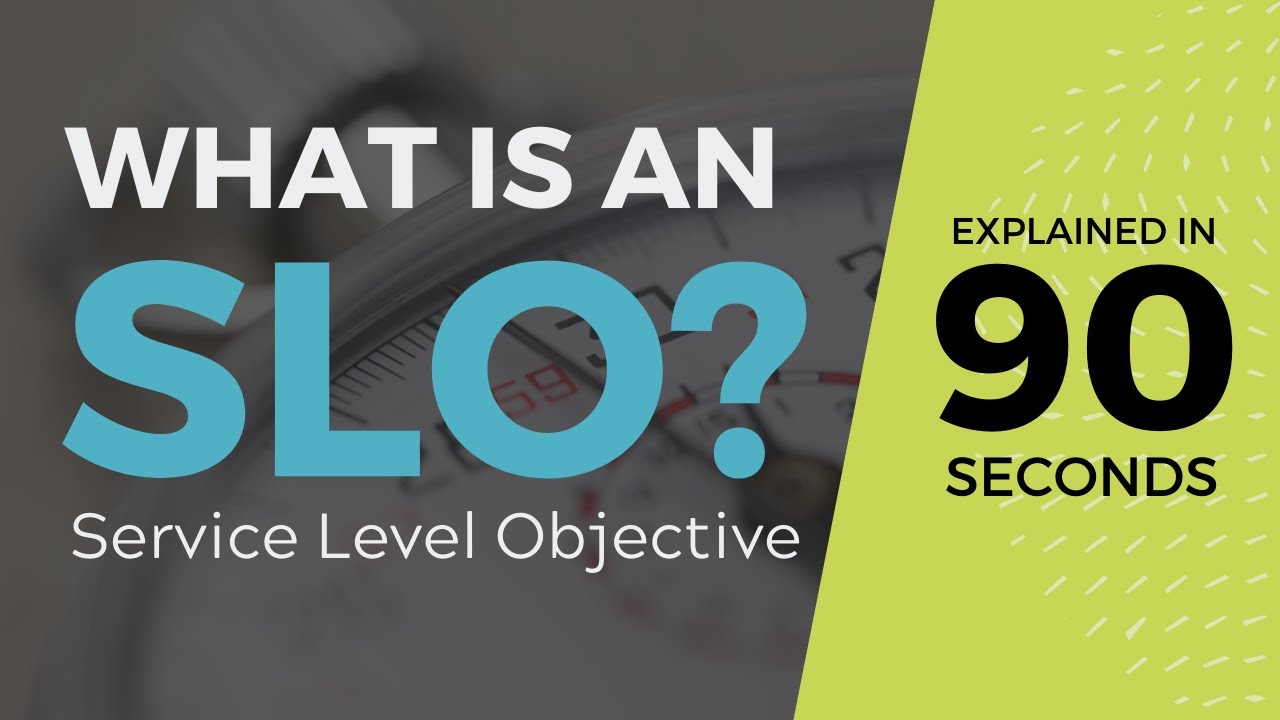
- video

- article

- article
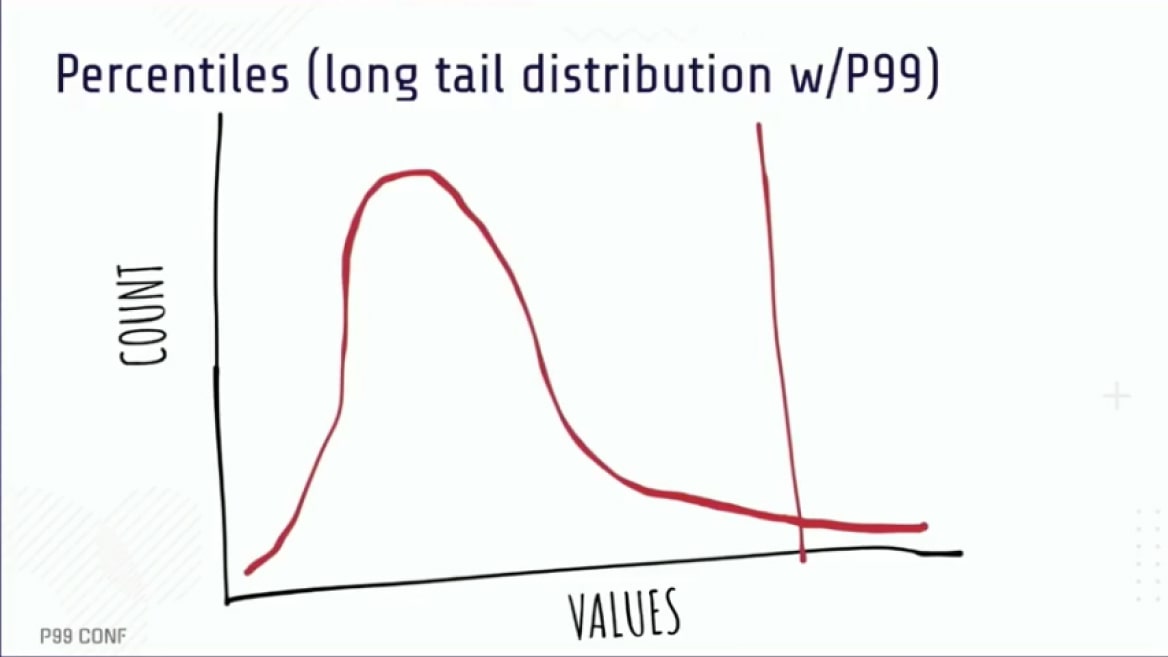
- article

- article
- video

- article
- video

- article

- article
SLO Books
Check out the best books on SLOs that we could find. All these books are community-oriented, educational passages relaying the most important concepts of SLOs.
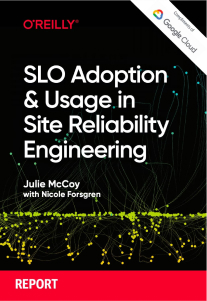
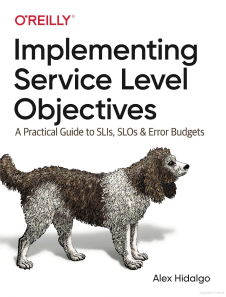



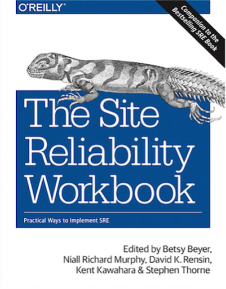

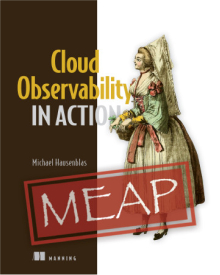
SLO Community
Whitepapers

-01.jpg?width=2000&name=The_State_of_Service_Level_Objectives_2022%20(1)-01.jpg)
